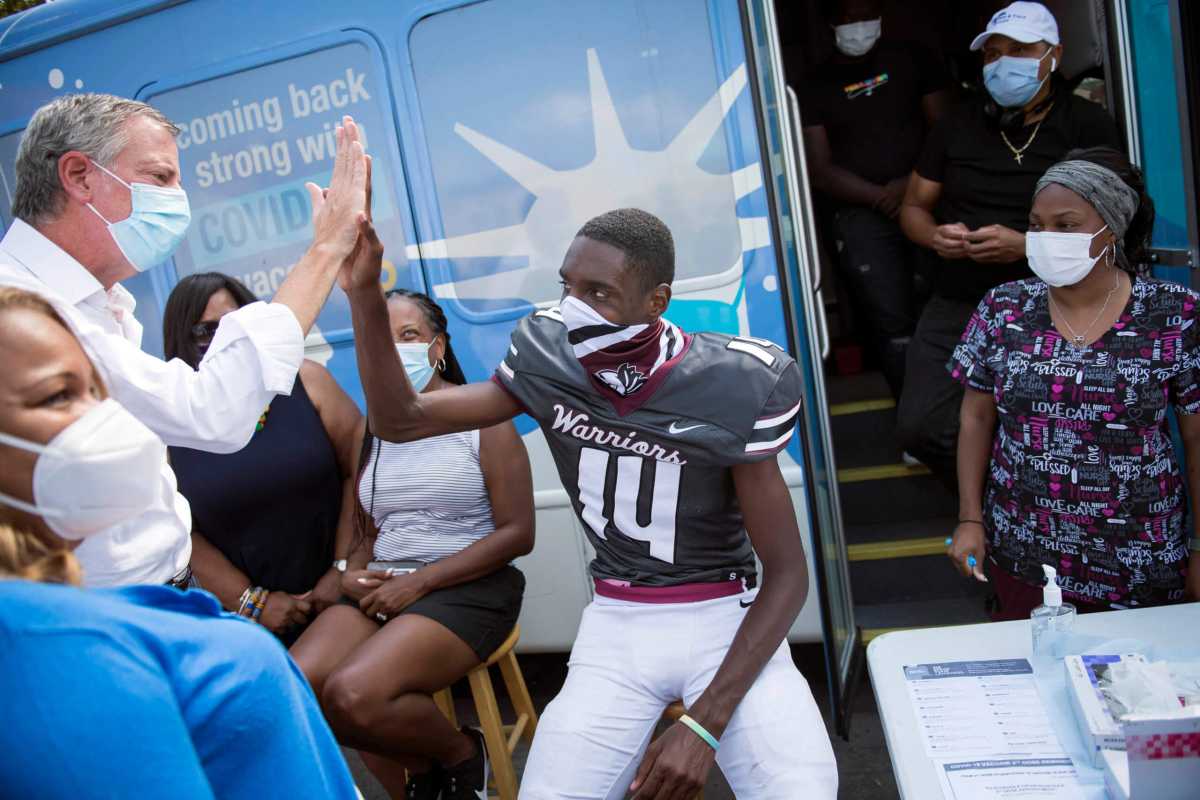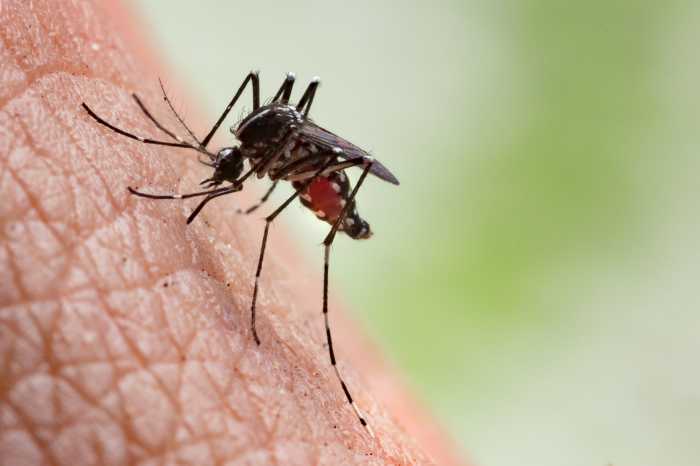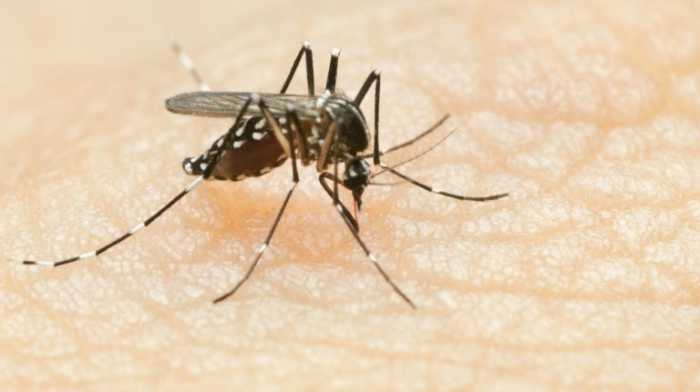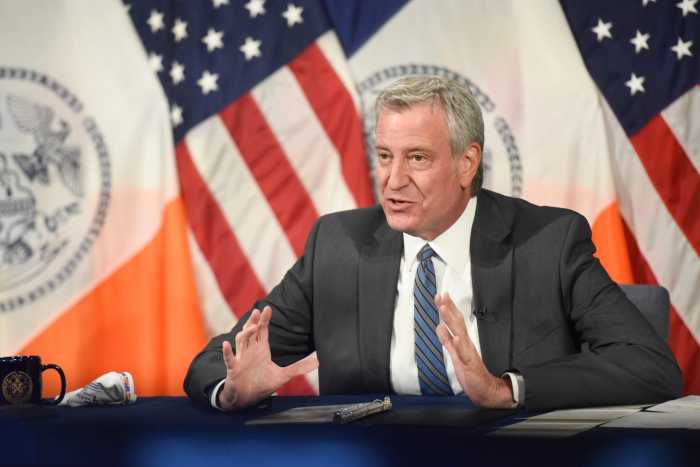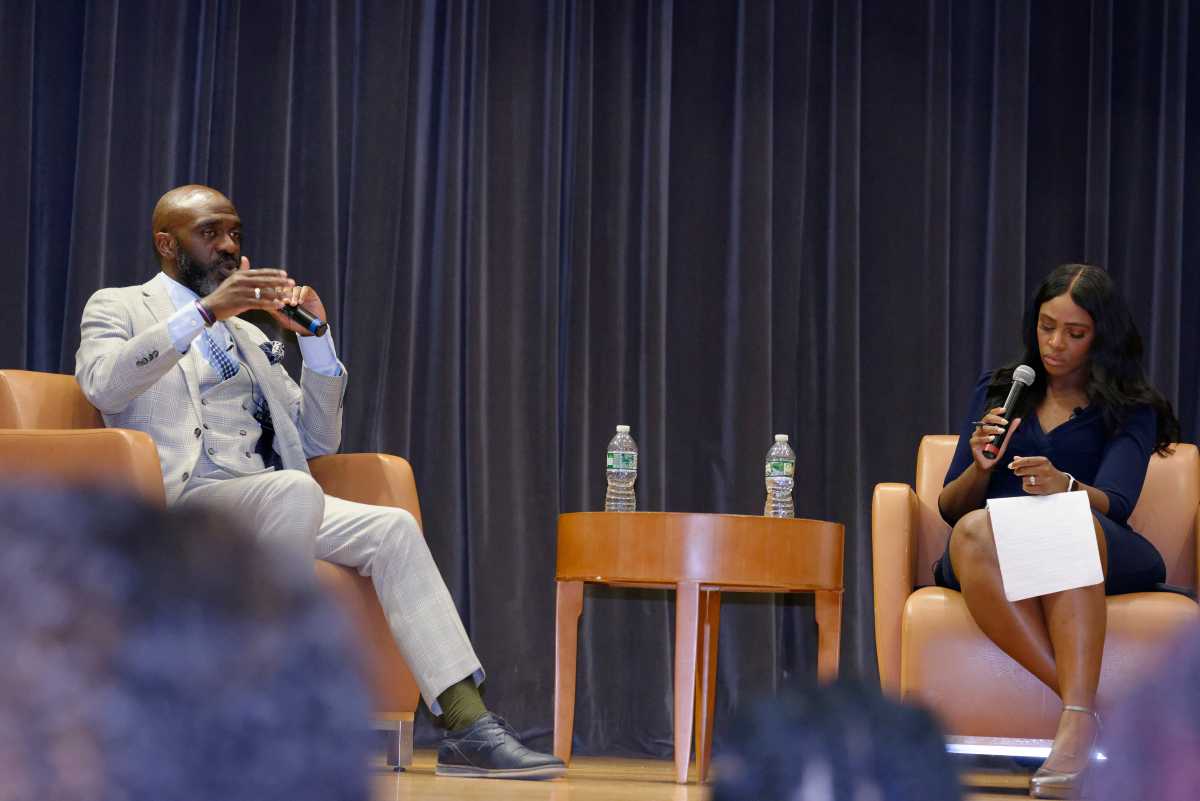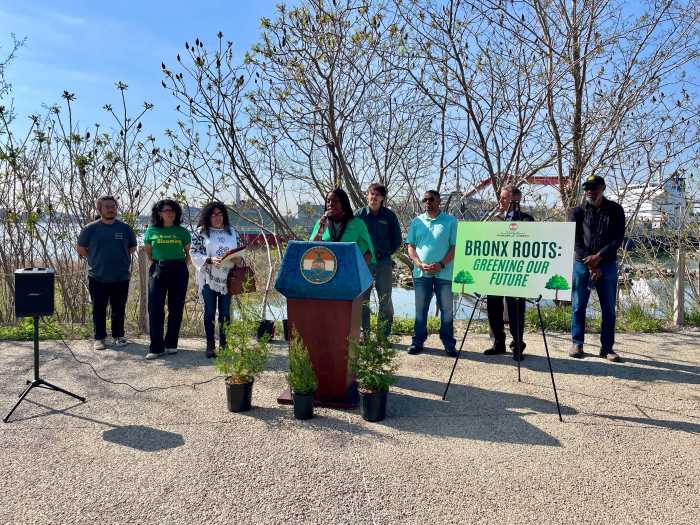COVID-19 can’t seem to get enough of Staten Island.
Hundreds of new cases were detected in the borough over the last week, making it the latest “hot zone” in the ongoing pandemic across the Five Boroughs, according to the city’s Department of Health and Mental Hygiene.
Five of the 10 New York City ZIP codes with the highest 7-day positivity rates between Aug. 28 and Sept. 3 were on The Rock. Charleston/Prince’s Bay/Woodrow (10309) led the way with a 9% positivity rate, with 98 new COVID-19 cases diagnosed over the week.
That was followed by Tottenville (10307) with an 8.71% 7-day positivity rate and 37 new cases; Great Kills (10308) with an 8.02% rate and 74 new cases; Annadale/Rossville (10312) with a 7.18% rate and 131 new cases; and Silver Lake/St. George (10301), with a 6.67% rate and 78 new cases.
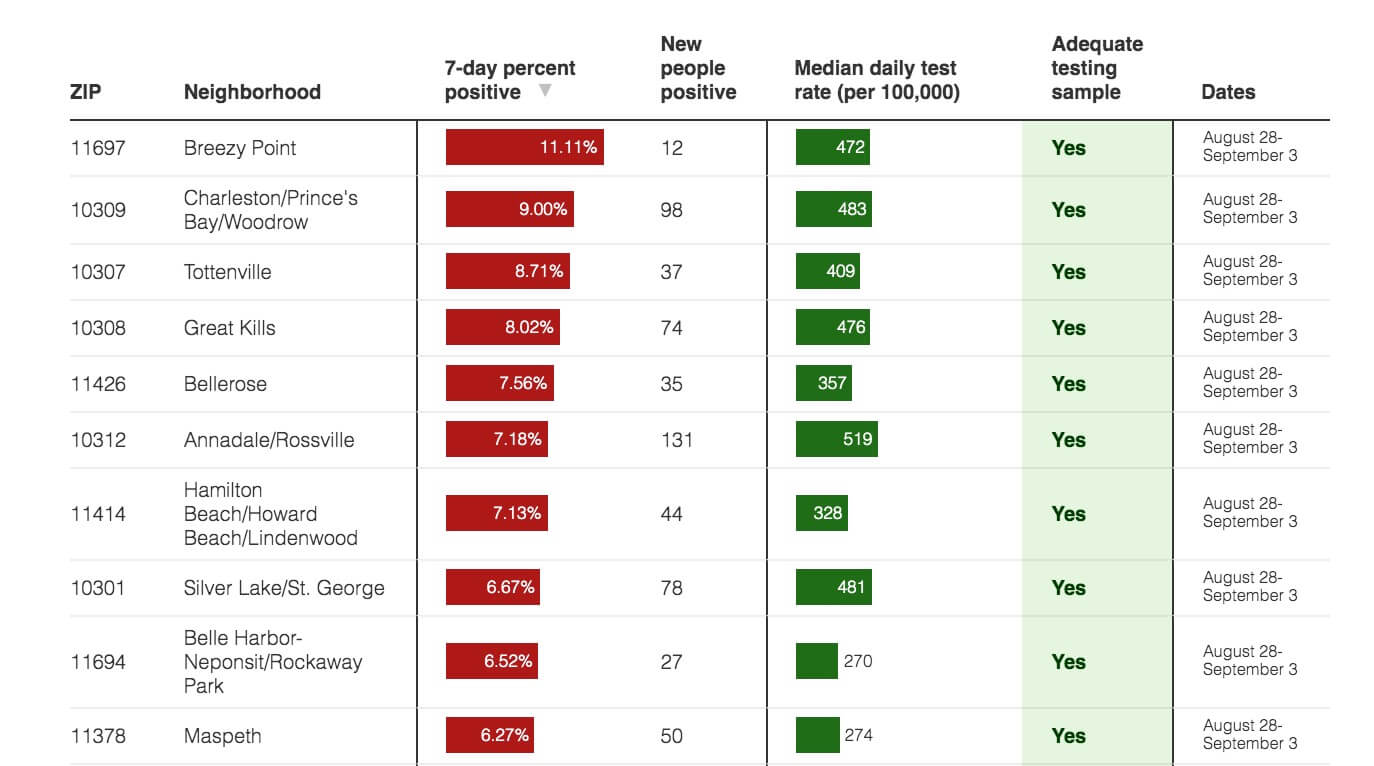
Staten Island also had the two New York City communities with the highest number of new cases diagnosed between Aug. 28 and Sept. 3, with Bloomfield/Fresh Kills Park (10314) having 134 cases, three more than the number detected in Annadale/Rossville.
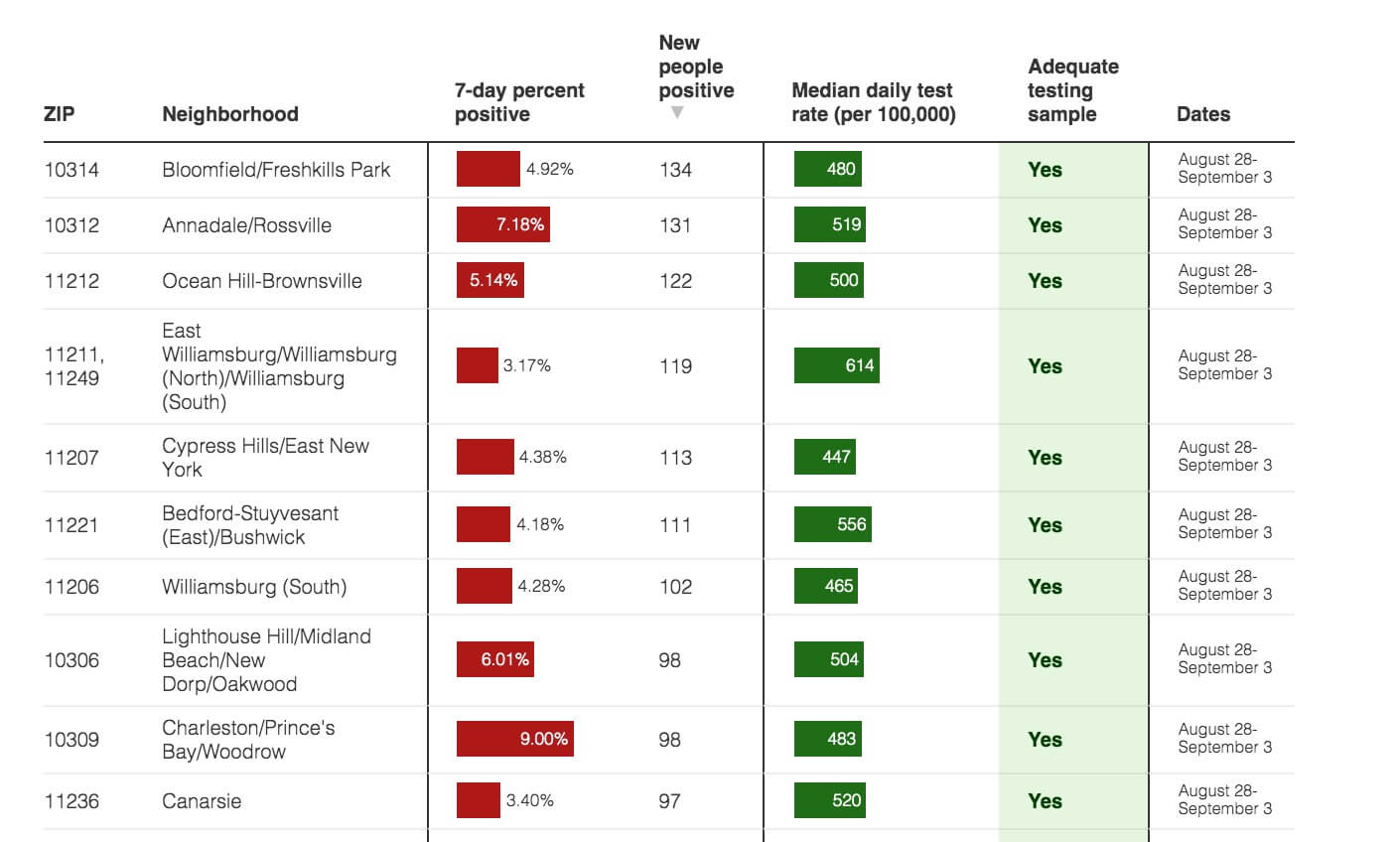
The highest overall 7-day positivity rate, however, went to Breezy Point (11697), the seaside community on the western tip of the Rockaway Peninsula in Queens. Their 11.11% rate is skewed somewhat by the area’s low population (3,393), but 12 new cases were detected there over the past week.
The common denominator among the 10 communities with the highest 7-day positivity rates remains the lower-than-average vaccination rates. Just three of the areas had more than 60% of its population fully vaccinated as of Sept. 6.
The two Staten Island neighborhoods with the highest positivity rates in the city also had the lowest vaccination rates on the list. Tottenville has just 46% of its 14,912 residents fully vaccinated, and 51% of all residents with at least one dose.
Charleston/Prince’s Bay/Woodrow has half of its 32,940 residents fully vaccinated, and 55% of all residents with at least one dose.
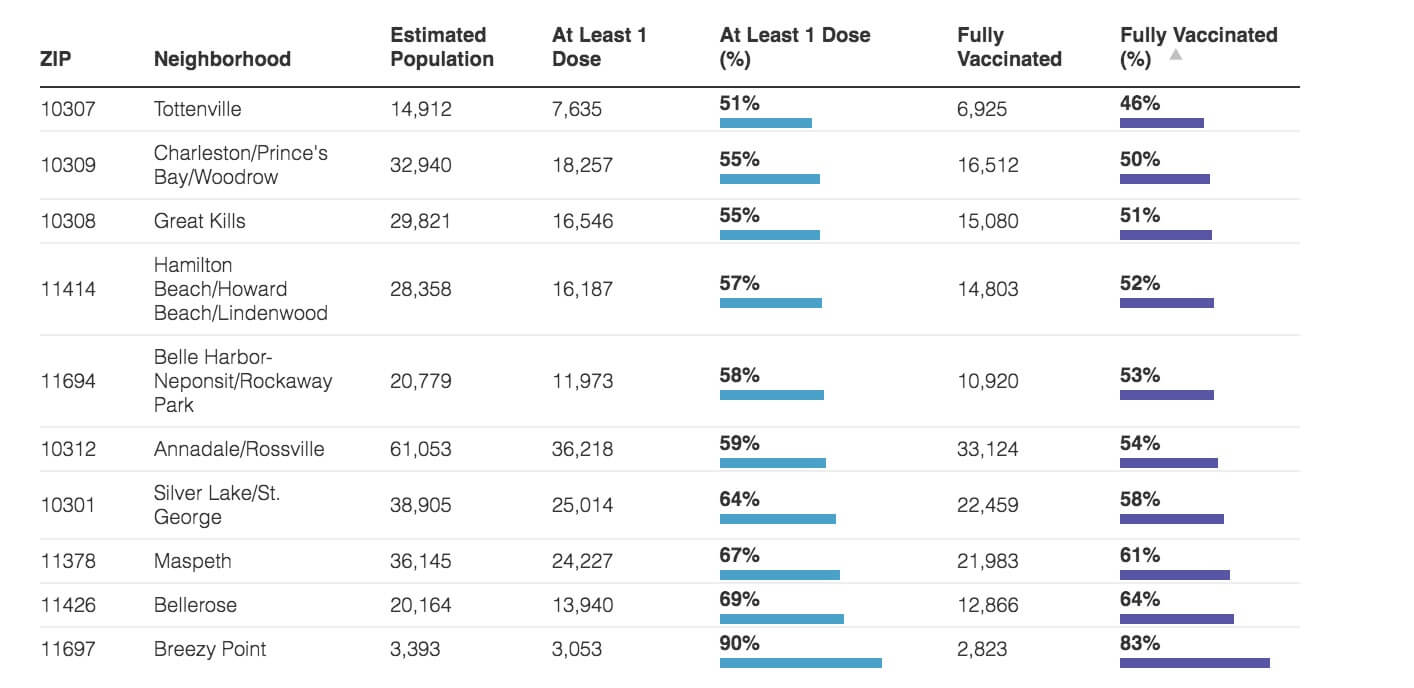
Undoubtedly, vaccine hesitancy seems to be complicating efforts to tamp down the spread of COVID-19 on Staten Island, a borough that also saw some of the most stringent protests against mask mandates last year. After Mayor Bill de Blasio and then-Governor Andrew Cuomo imposed vaccine mandates on businesses and health care facilities, Staten Island saw protests from business owners and health care workers who decried the measures as government overreach and a violation of personal freedom.
Cases remain high on Staten Island at a time when the Delta variant — a more contagious and potent version of COVID-19 — remains the most dominant form of the virus citywide. The city’s Health Department indicated that 98% of all new virus cases citywide are the result of the strain.
Nevertheless, after steadily climbing in July and much of August, COVID-19 cases across the city are beginning to decrease, according to the Health Department. As of Sept. 1, the citywide 7-day positivity rate stood at 3.44%, down from the 3.75% rate registered a week earlier, on Aug. 25.
Net numbers of cases, hospitalizations and deaths remain on the decline. The hospitalization rate has remained low all summer thanks largely to the vaccination effort — as the vast majority of vaccinated individuals who contract COVID-19 wind up being either asymptomatic or suffering mild illness.
Overall, 4,964,008 New York City residents are now fully vaccinated against COVID-19, representing 60% of the city’s population. Manhattan and Queens lead the way with fully vaccinated rates of 70% and 66%, respectively.
COVID-19 remains a serious, life-threatening danger to the unvaccinated. Another 27 New York state residents died of the illness on Sept. 4, according to Governor Kathy Hochul’s office; five of those deaths were in New York City.



